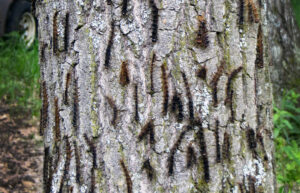
Caterpillars killed by nucleopolyhedrosis virus (NPV) hang in an inverted “V” orientation; caterpillars killed by the fungus Entomophaga maimaiga hang vertically. Photo: Wisconsin DNR.
By Bill McNee, DNR Forest Health Specialist, Oshkosh
bill.mcnee@wisconsin.gov or 920-360-0942
With this spring’s dry weather in Wisconsin came predictions of the largest spongy moth population in years.
When spongy moth populations are high, we often see heavy mortality of the larger caterpillars due to two pathogens. Heavy caterpillar mortality will reduce the severity of the following year’s outbreak and often causes a population crash during the current year. If a heavy die-off of caterpillars is observed, please let your local DNR Forest Health Specialist know about it.

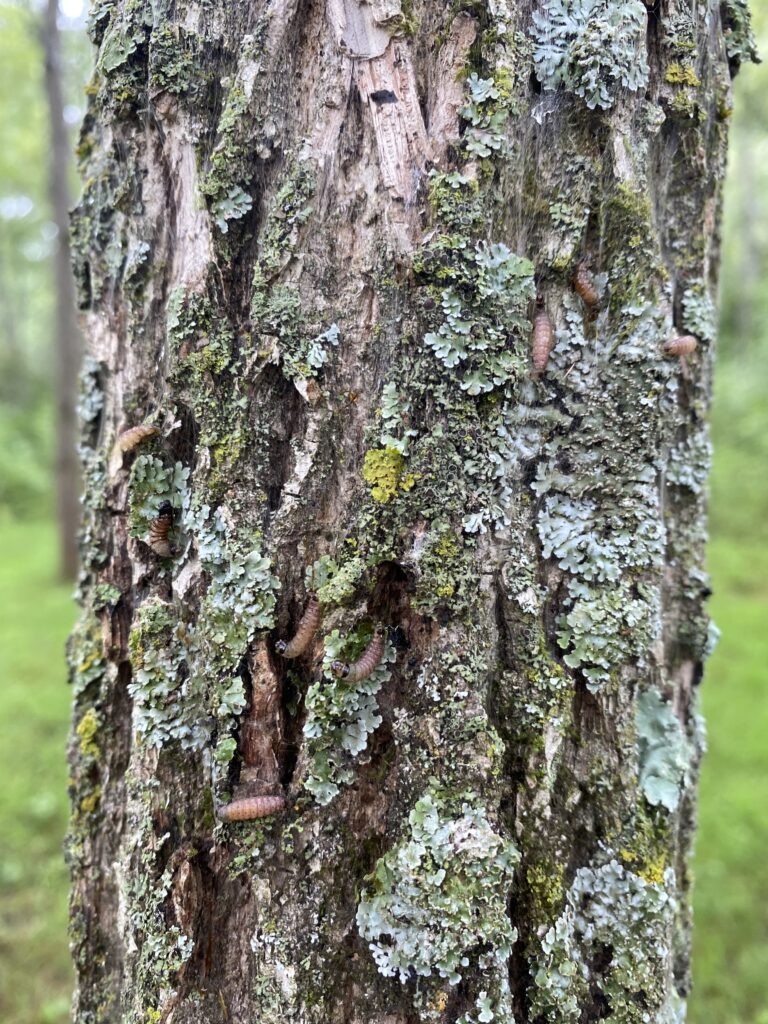
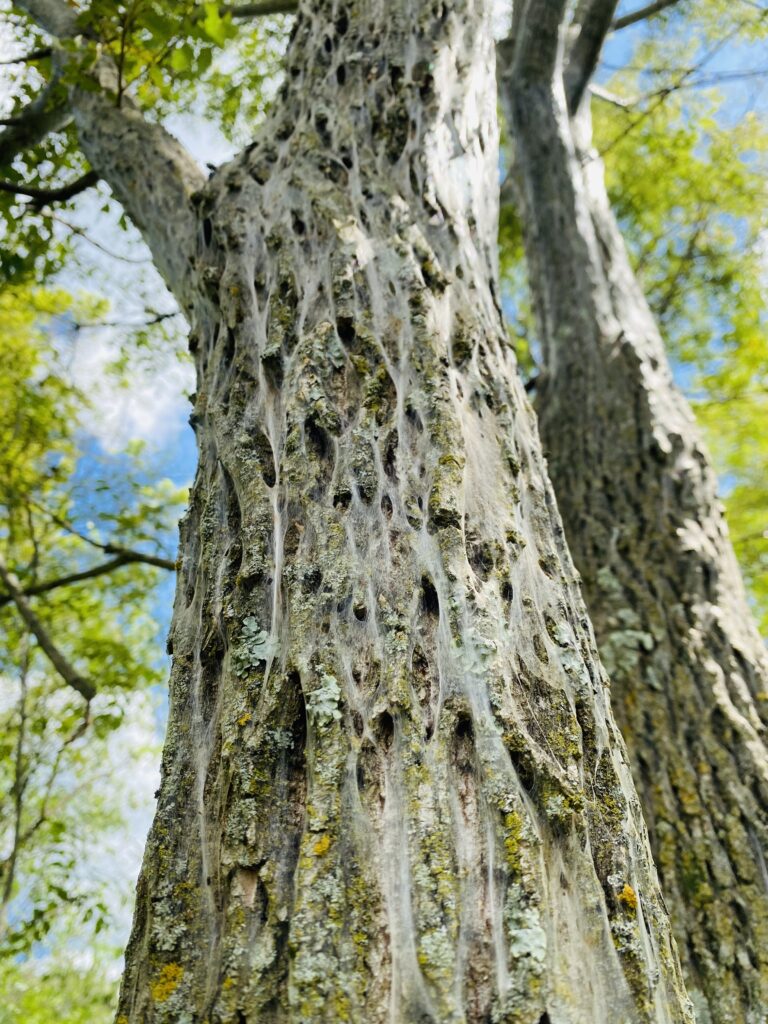
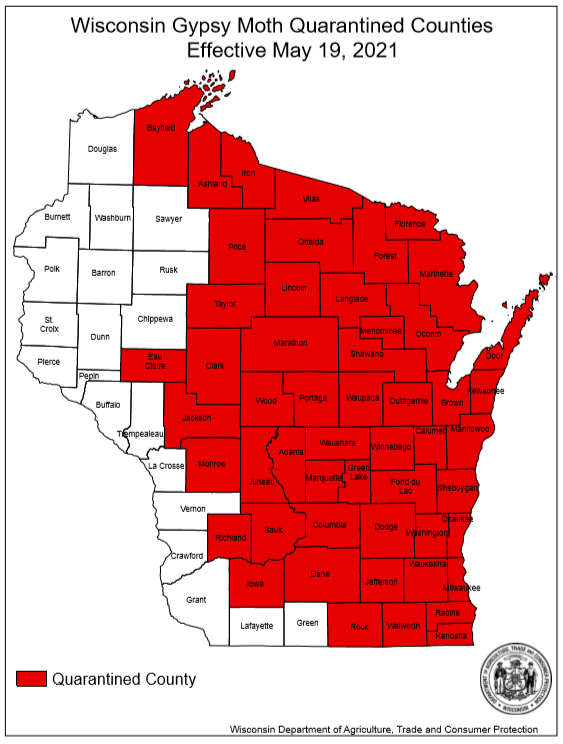
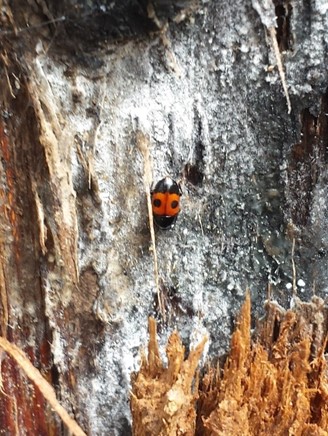
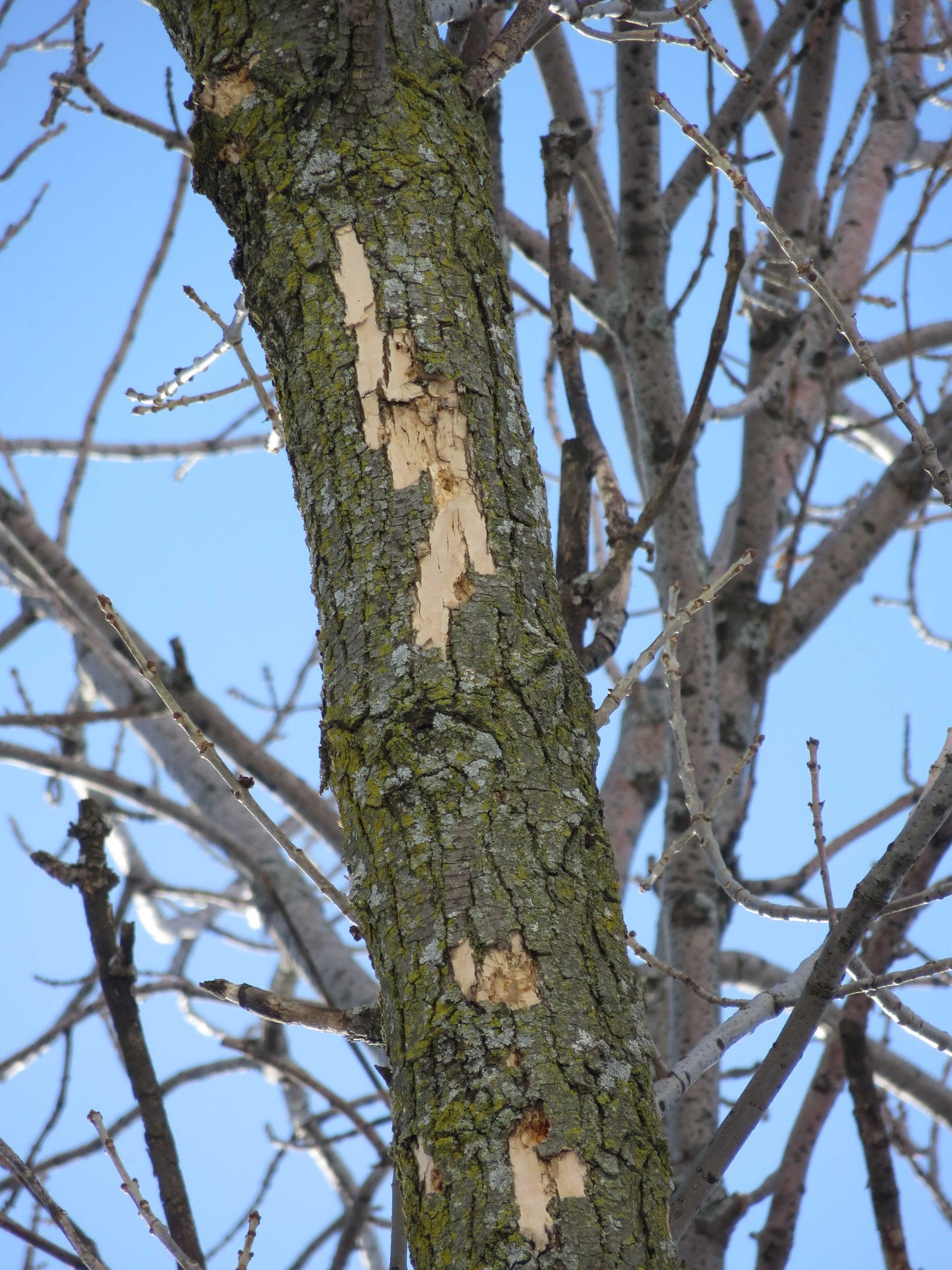
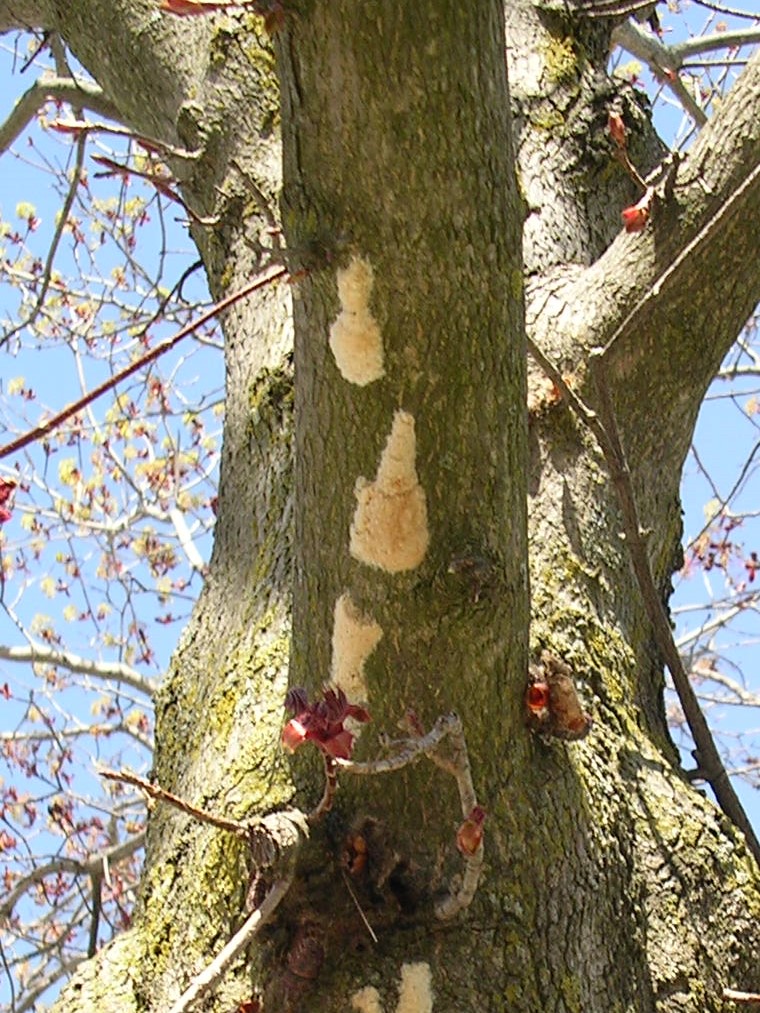
 The Wisconsin Department of Natural Resources’ Forest Health team recently completed the 2020 Forest Health Annual Report. The report summarizes impacts from pests, diseases and weather on the health of Wisconsin’s forests. Highlights from 2020 include:
The Wisconsin Department of Natural Resources’ Forest Health team recently completed the 2020 Forest Health Annual Report. The report summarizes impacts from pests, diseases and weather on the health of Wisconsin’s forests. Highlights from 2020 include: